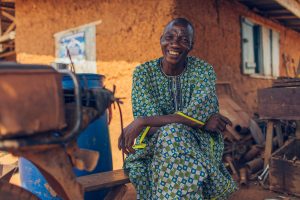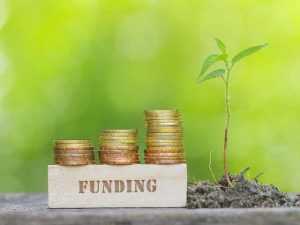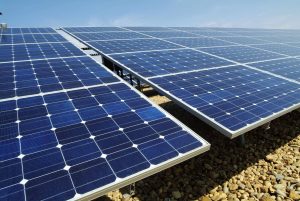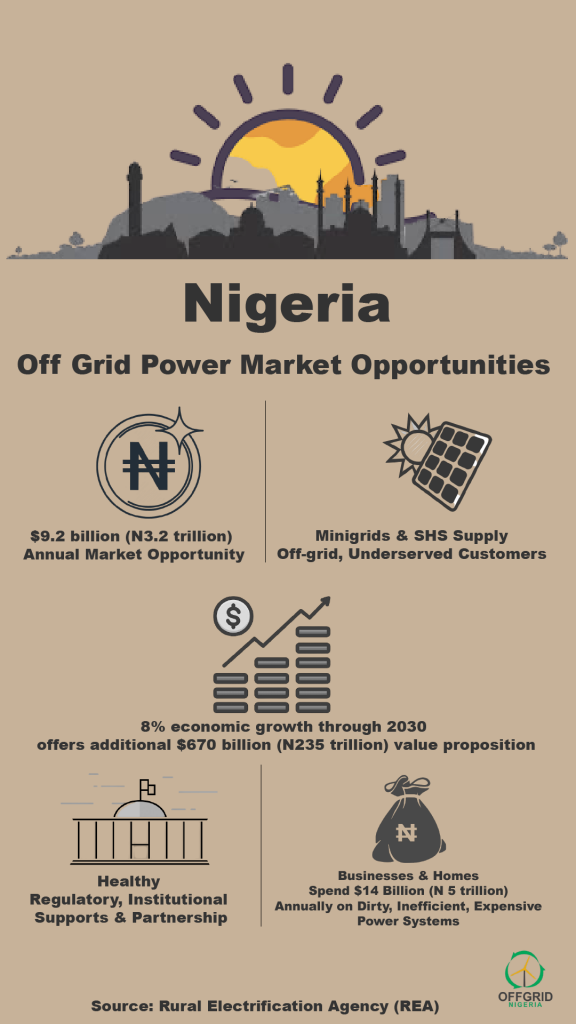Commercial banks in Nigeria are still largely absent from the country’s commercial and industrial (C&I) solar market, offering debt that developers consider too costly and only for tenors up to two years, a new report – solar for businesses in sub-Saharan Africa by Bloomberg New Energy Finance (NEF) has disclosed.
Obtained by OGN, the report for the period of January 2019, equally explained there are no project financing product available in Nigeria that lets vendors borrow against a cash flow stream, adding instead, all local financing in Nigeria requires the developer to provide a physical asset as collateral.
It noted that lenders do not also typically accept solar equipment as collateral and require borrowers to own real estate, as a result, developers are mostly financing projects through their own balance sheet, either in U.S dollars, if they are a multinational corporation, or in naira in the case of local developers.
According to the report which also projected the potential trend for C&I solar market in Nigeria, most operators interviewed stated their most preferred reform in the market should be government abolition of import duties for solar components at ports, followed by cost reflective electricity tariff; and then review of the 1 megawatts captive generation license of the Nigerian Electricity Regulatory Commission (NERC).
Despite the reported lack of interest of commercial banks, the report however pointed out that Nigeria’s power outages are the primary and dominant enabler of the C&I solar business in the country with developers interviewed by BNEF agreeing unanimously that they can only be in business today because of the poor state of the nation’s electricity grid.
It added that this was most pronounced in rural areas, but also in cities such as Lagos or Abuja, adding that power outages in Nigeria were usually unpredictable and ranged from four to 15 hours on average per day, across the country.
“Therefore, C&I customers expect developers and EPC companies to provide them with a guarantee on total system reliability. Since almost all developers use a combination of solar, batteries, grid and diesel generators, most of them guarantee their systems will provide power for 98% or more of the time over the year.
“The government had some success in boosting generation capacity, but transmission and distribution remain a bottleneck. No developer interviewed by BNEF believes that the grid will improve in the next three years. Most developers believe it will get worse and potentially collapse, and conclude that the future of power in Nigeria consists of decentralized power systems,” said an aspect of the report.
It listed most of the major barriers to more C&I solar in Nigeria to include financial, from debt availability to credit risk and foreign exchange hedges, adding, “many developers in Nigeria told BNEF they wish that import tariffs would be reduced.”
According to it: “Revenue for C&I solar projects is always in naira. International developers need to convert this to foreign currency. The CBN allocates U.S. dollars to local banks but applies restrictions on converting Nigerian naira into U.S. dollars. This is a huge risk, particularly if a company holds U.S. dollar debt.
“Batteries must typically be replaced after 3-10 years of operation. These costs occur in U.S. dollars, whereas project revenue is in naira. If left unhedged, the battery replacement can significantly reduce project returns if the naira depreciates. Developers reduce credit risk by installing advanced management systems to enable them to remotely cut off systems for non-paying customers.”





